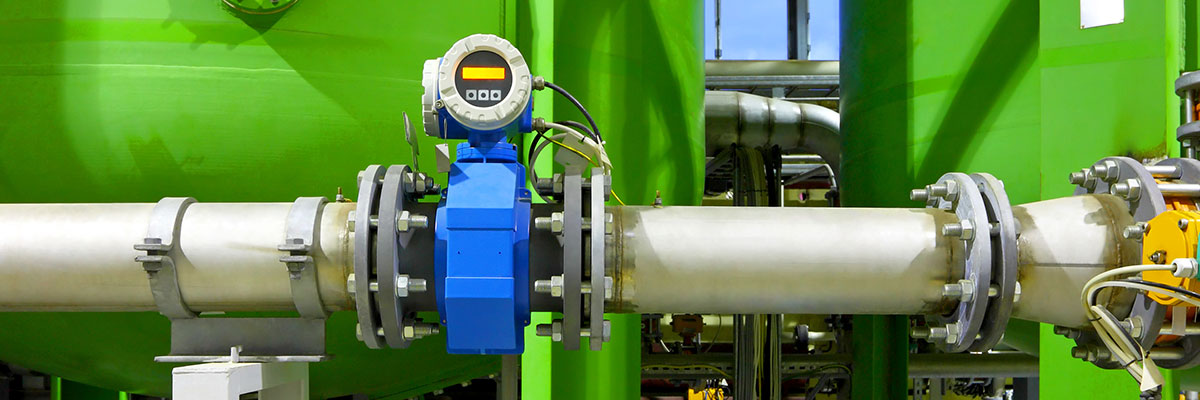Process Hazard Analysis
Practical Experience Evaluating Hazards
We have extensive practical experience developing and applying hazard evaluation methods in all process industries and can advise on the following:
Process Hazard Analysis Program Assessment Development Upgrades

We have helped numerous clients in the Oil, Gas and Chemical sector assess and upgrade (or develop) their PHA and PHA revalidation programs to meet their regulatory and internal requirements. This includes PHA program/protocol reviews and audits, as well as requests for a detailed review a specific PHA report(s) for regulatory and technical robustness. Learn more about our Process Safety Compliance services.
Additionally, we have experience evaluating the hazards of new concepts, new designs, operating units, mothballed units and units being repurposed or demolished. We have also helped clients make key risk decisions based on those reviews.
Combining Hazard Evaluation Procedures

We routinely combine hazard evaluation methods to most efficiently meet our customer's objectives. In addition to common qualitative analysis combinations, such as What-if/Checklist, we often combine qualitative methods with quantitative methods, such as LOPA, to achieve specific objectives. We have implemented this in our LEADER™ software to accommodate/encourage the use of combined methods (what-if/checklist/ HAZOP/LOPA) in PHAs. In addition, we participated in the writing of the CCPS book on LOPA, routinely perform LOPA studies for clients, and teach classes in the LOPA technique.
Special Topic Analyses
We have written and contributed to industry guidance on human factors for improving performance in process industries and human factors are included in our hazard evaluations. Similarly, we helped write API RP 752/753/756 guidance regarding siting of process plant buildings (including portable buildings) and have conducted facility siting studies for hundreds of companies to help contribute to PHAs. Thus, we have always included Human Factors and Facility Siting reviews in PHAs for clients, and we include those topics when we teach PHA leadership skills and in our specific classes on human factors and facility siting.
Hazard Reviews for MOC and PHA Revalidations

We wrote Guidelines for Management of Change for Process Safety for CCPS, frequently lead MOC reviews for clients, and teach classes in hazard analysis techniques for MOC. And we know that having an effective MOC program is an integral part of being able to effectively manage hazards and conduct PHA revalidations at five-year intervals as required by OSHA's PSM and EPA's RMP regulations. Thus, we have helped clients develop their PHA revalidation program to emphasize the importance of effectively implementing and documenting their MOC program.

LEADER PHA Software Solution
For more than 25 years, our LEADER™ PHA software has provided an efficient, cost-effective solution for conducting comprehensive hazard analyses that comply with OSHA and EPA requirements. When used frequently for MOC reviews and pre-startup safety reviews, the software allows plant personnel to meet company standards and regulatory requirements in the shortest time available, helping to optimize both efficiency and performance. See how LEADER is the right platform for documenting PHAs using HAZOP, What-if/Checklist, FMEA and LOPA to meet your organization's safety, risk and compliance needs.
Our Process Hazard Analysis Philosophy
Even though we are accomplished experts, we know how to listen to our clients, understand their needs and find creative ways to meet those needs. We are not rigid thinkers. We are creative, risk-related technical problem solvers.
Our PHA engineers have considerable technical expertise and know that the methods described in industry and regulatory guidelines can be implemented in a variety of ways. We first seek to understand our clients' needs, objectives and culture. Then we produce the highest quality product possible with input from the clients' personnel and our project team members' expertise. We also recognize that one aspect of our role is distilling best practices and documenting them in a way that will be most useful to your company or organization's culture.
Visit our Knowledge Center to explore case examples and read some of the lessons we've learned on site. We also share this knowledge in technical webinars on topics randing from recent revisions to PSM regulations for refineries to damage mechanism reviews.
